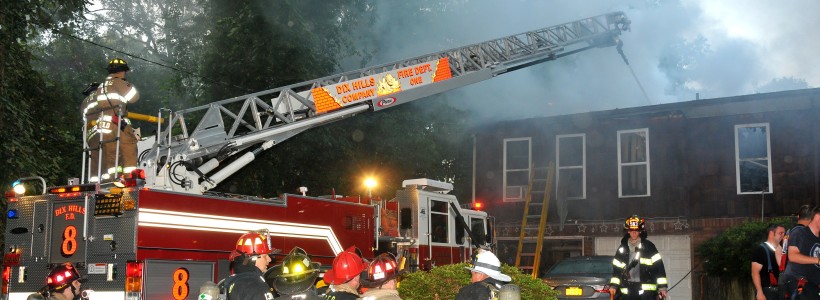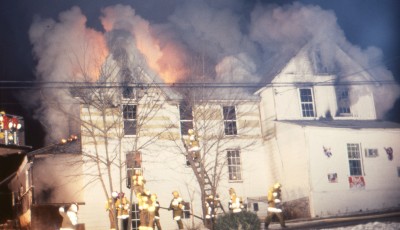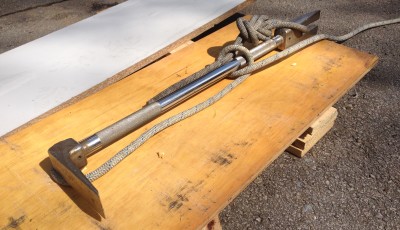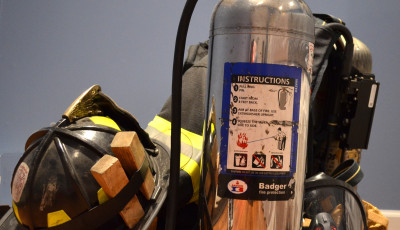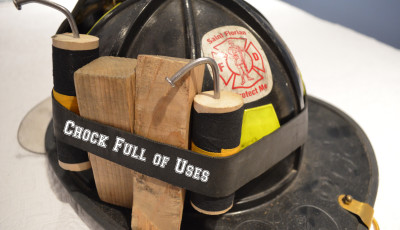“Quint”essential Equipment – Part 1
Modern fire apparatus comes in all shapes and sizes. From mini-pumpers that fit into parking garages to rescue’s that seem to stretch for a city block, one can let their imagination run wild when its time to spec out a new piece of apparatus. Often overlooked as an option, today’s quint can park an awful lot of firefighting “punch” in front of a building if used to its’ full potential.
What is a Quint?
A quintuple combination pumper or quint as it is commonly referred to is a piece of apparatus that serves as both a ladder and an engine. The term is derived from the Latin prefix “quinque” which means five. NFPA 1901:
The Standard For Automotive Fire Apparatus goes into detail but for the purpose of this article to be considered a quint the truck must possess the following five qualities:
pump, water tank, fire hose, aerial device with permanent waterway and ground ladders.
The quint was quite the revolutionary idea back in 1912 when it was first manufactured. During the 1990’s many departments used quints to combat “budget cuts”. The thinking amongst some was that we could combine an engine and truck into one piece of apparatus staff it with four firefighters and everything would be great.
However, it is not the intention of this article to describe how we can do more with less. It is the intention to show how a well set up quint staffed with a well-trained crew can be an advantage at the scene of a structure fire.
The Equipment and the Quint
Many quints carry just enough equipment to satisfy NFPA 1901 and this is where they fall short of carrying out their full potential.
The Dix Hills FD (Long Island, NY) currently runs a 2006 Pierce 75’ Quint on a Dash Chassis. It has a 2000 gpm (gallon per minute) single stage pump with a 500 gallon tank. The truck carries as much hose as a traditional engine (including stand pipe packs and foam) and all the tools of a traditional truck company which makes the apparatus more than capable of handling anything that it rolls up on. It responds first due on all structure fires and mutual aid FAST truck (RIT) requests.
Truck or Engine?
The Dix Hill’s truck is also highly maneuverable, if the officer feels the building is out of the reach of the stick the truck can be pulled into a driveway with no problems. The department’s SOP’s dictate if the truck is first due to a working fire it shall establish a water supply and operate as an engine.
If it arrives after a traditional engine company (which will pull past the building to leave room) it will take the front of the building and operate as a truck. All of the department’s firefighters are “cross trained” and are equally versed in engine and truck company functions.
Next Week
In next week’s article we will discuss and show the compartment layout of a quint and how it benefits firefighting operations. Any questions feel free to comment below.
Until then be safe!

